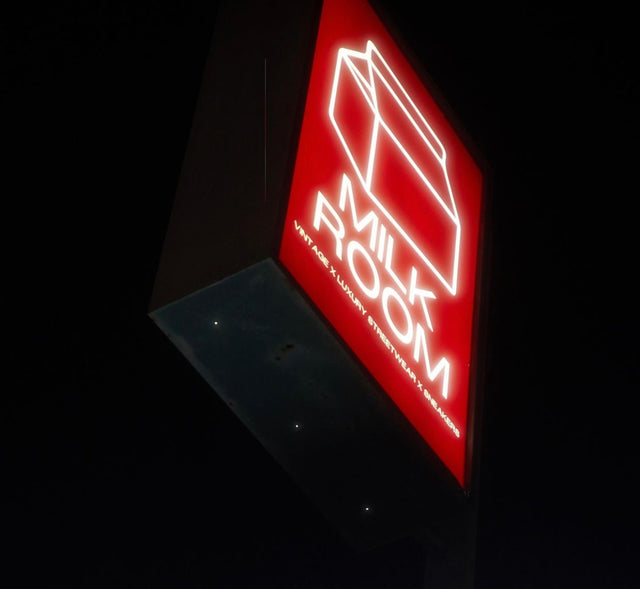The Fashion Industry's Labor Issue
The fashion industry has long been entangled in complex supply chains that often obscure the origins of materials and the conditions under which garments are produced. This opacity has perpetuated labor exploitation, particularly among vulnerable farming and factory-working communities. Despite growing awareness and efforts to address these issues, significant challenges persist in 2025.
The Complexity of Tracing Raw Materials
Fashion supply chains are notoriously intricate, involving multiple layers of production that span across various countries and continents. Brands often struggle to trace raw materials back to their sources, making it difficult to verify the origins of inputs like cotton. This lack of transparency not only hampers ethical sourcing but also undermines consumer trust in brands' commitments to sustainability and fair labor practices.
Labor Exploitation in Taiwan's Textile Sector
Taiwan serves as a significant hub in the global textile industry, employing a substantial number of migrant workers from countries such as Vietnam, the Philippines, Indonesia, and Thailand. Investigations have revealed that these workers often incur exorbitant recruitment fees—sometimes as high as $6,000—imposed by brokers in their home countries. This financial burden can lead to debt bondage, a severe form of labor exploitation. While Taiwan's Ministry of Labor prohibits local brokers from charging recruitment fees, the enforcement of these regulations remains inconsistent, and the practice persists.
The Role of Brands and Industry Initiatives
Major brands like Patagonia, Nike, and Lululemon have acknowledged the prevalence of labor exploitation within their supply chains and have undertaken measures to combat these issues. Collaborative efforts, such as partnerships with organizations like the Fair Labor Association, aim to improve conditions for migrant workers by advocating for the elimination of recruitment fees and promoting fair hiring practices. Despite these initiatives, the deeply embedded nature of exploitation in the supply chain means that progress is gradual and requires sustained commitment.
Consumer Skepticism and the Demand for Transparency
As awareness of labor exploitation grows, consumers are increasingly questioning the validity of ethical certifications. Opaque supply chains and inconsistent enforcement of labor standards have led to skepticism about the authenticity of brands' ethical claims. In response, there is a burgeoning demand for greater transparency, with consumers urging brands to provide clear, verifiable information about their sourcing and manufacturing processes.
The Path Forward: Coordinated Industry Reform
Addressing labor exploitation in the fashion industry necessitates coordinated efforts across all stakeholders, including governments, brands, non-governmental organizations, and consumers. Key steps include:
-
Strengthening Supply Chain Transparency: Implementing advanced tracking technologies can help brands monitor the journey of raw materials and ensure ethical practices at each stage.
-
Enforcing Fair Recruitment Practices: Governments and industry bodies must rigorously enforce laws that prohibit exploitative recruitment fees and hold violators accountable.
-
Empowering Workers: Providing education and resources to workers about their rights can help prevent exploitation and promote fair labor standards.
-
Consumer Engagement: Educating consumers about the realities of labor practices in the fashion industry can drive demand for ethically produced goods and pressure brands to uphold higher standards.
While the journey toward eradicating labor exploitation in fashion is fraught with challenges, a unified and transparent approach offers a viable path to meaningful change.



0 Comments
There are no comments yet. Be the first one to post one!